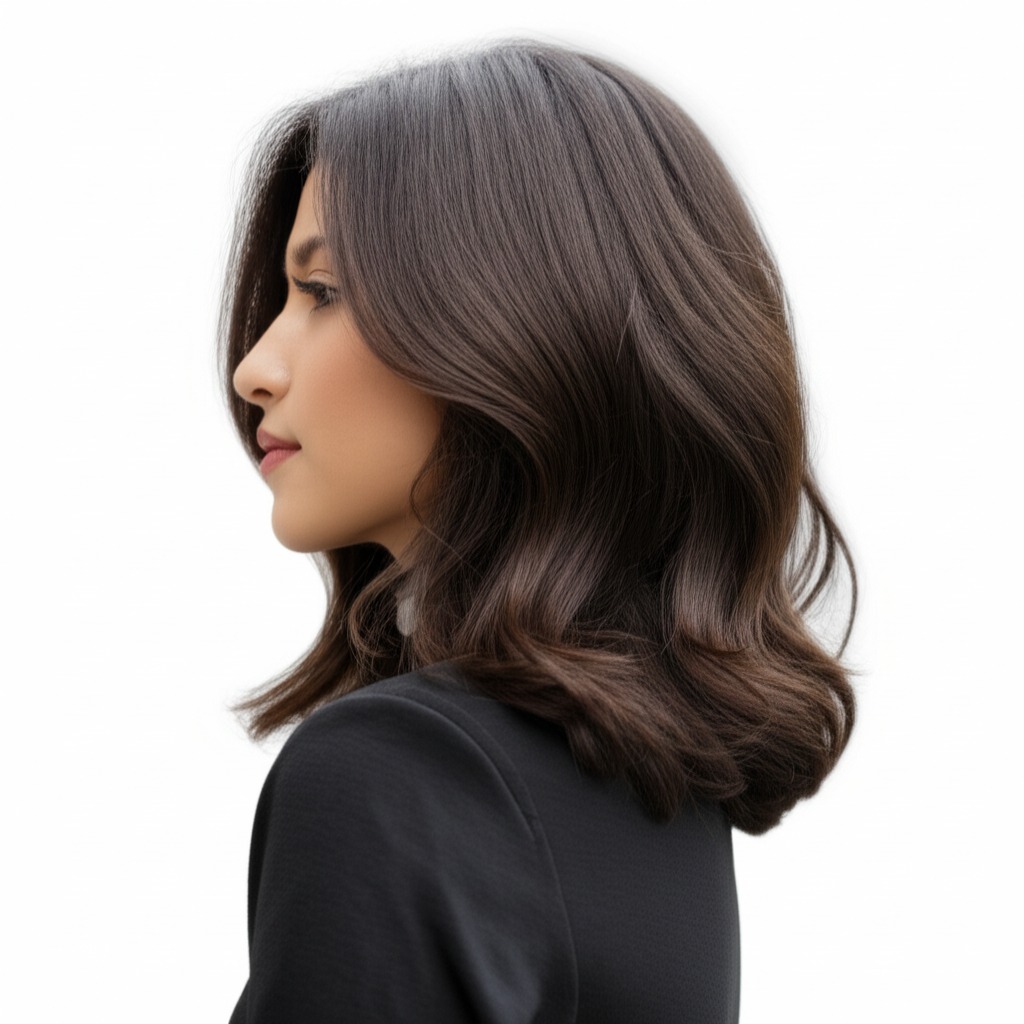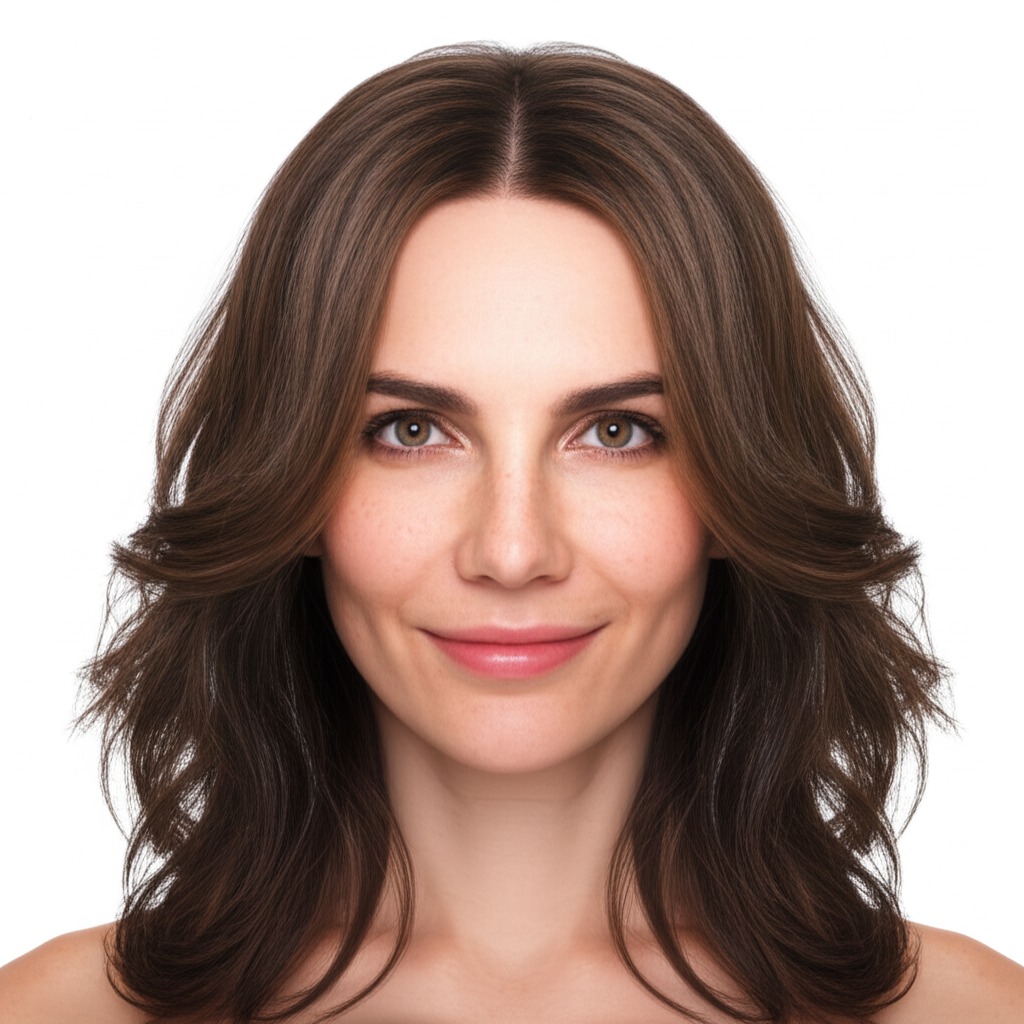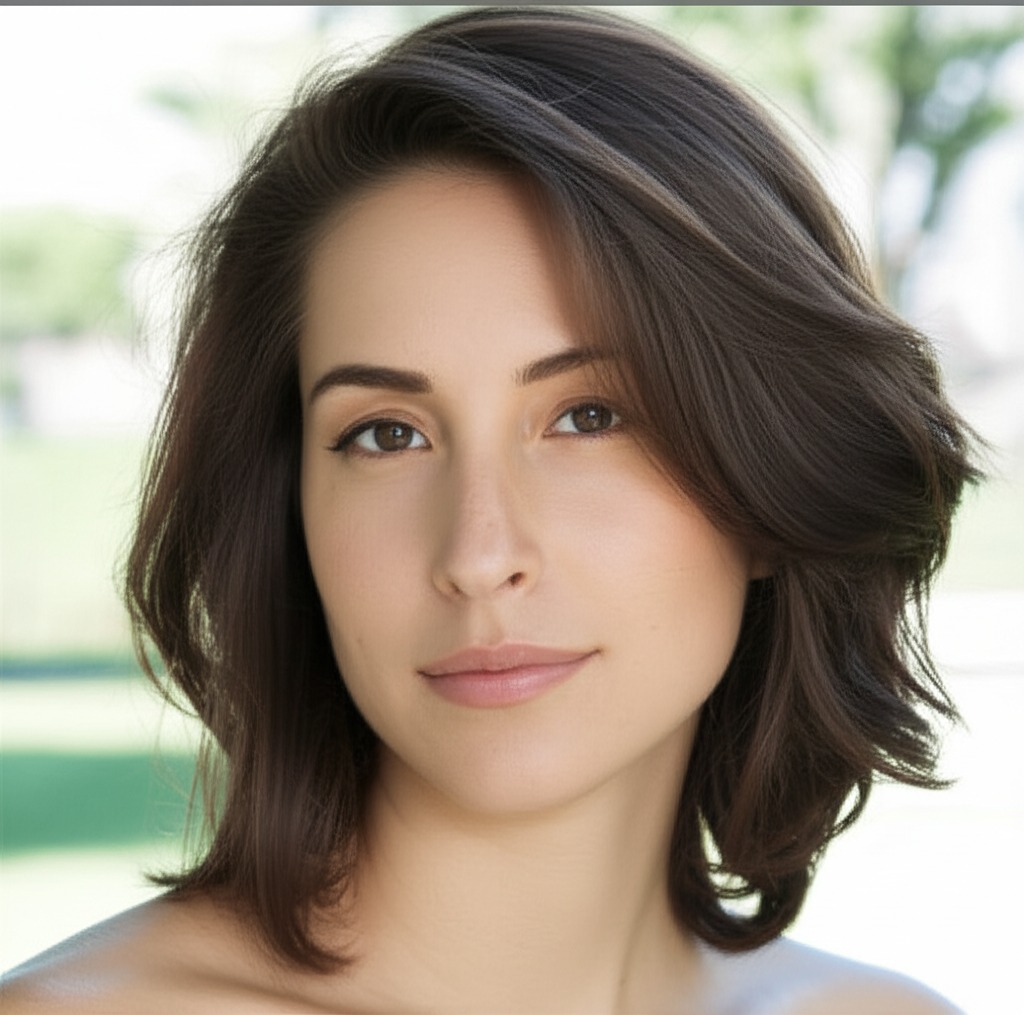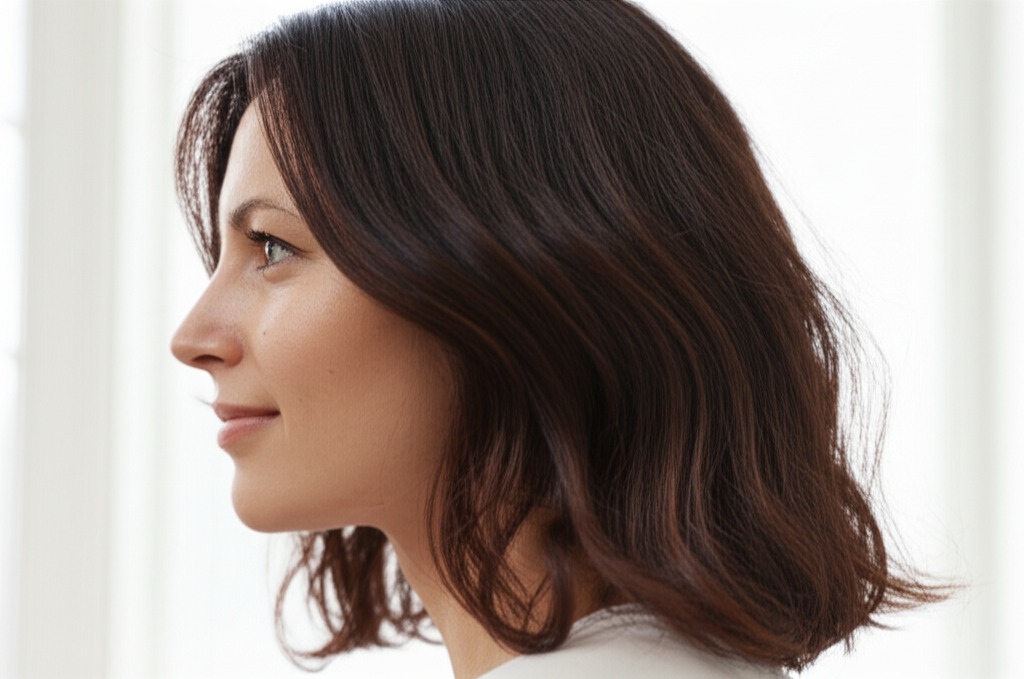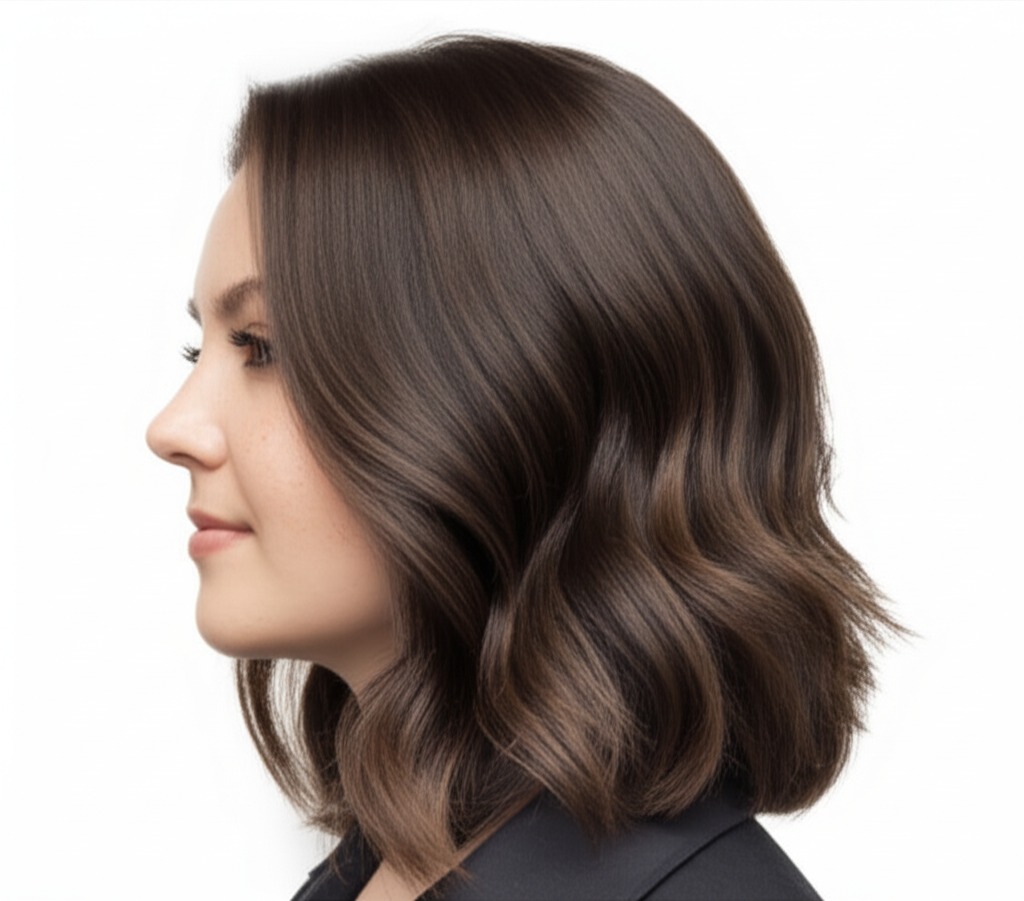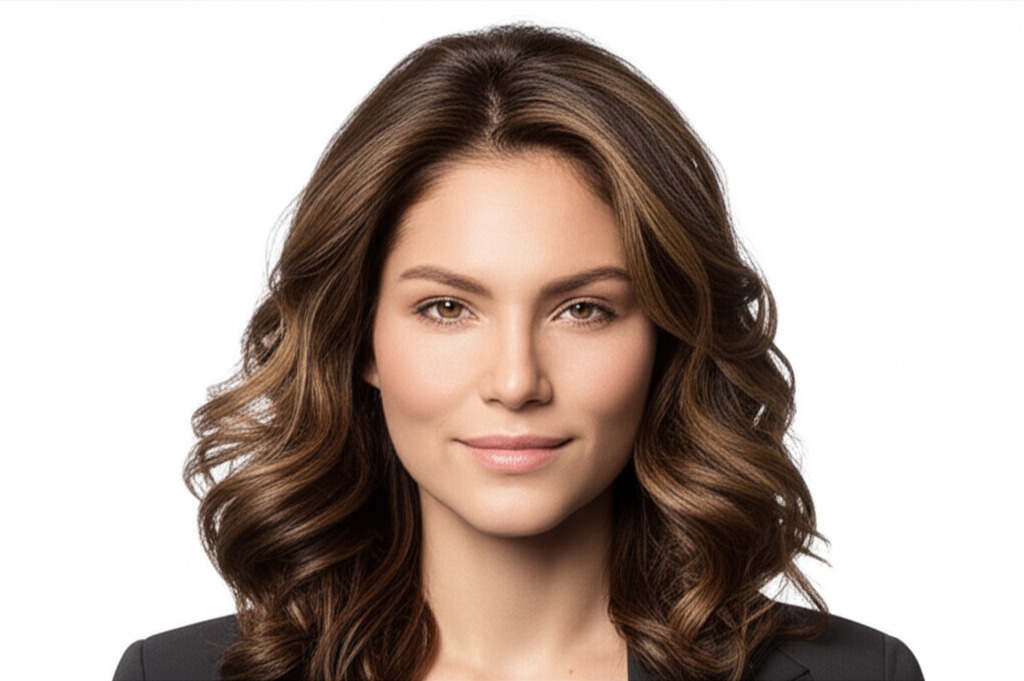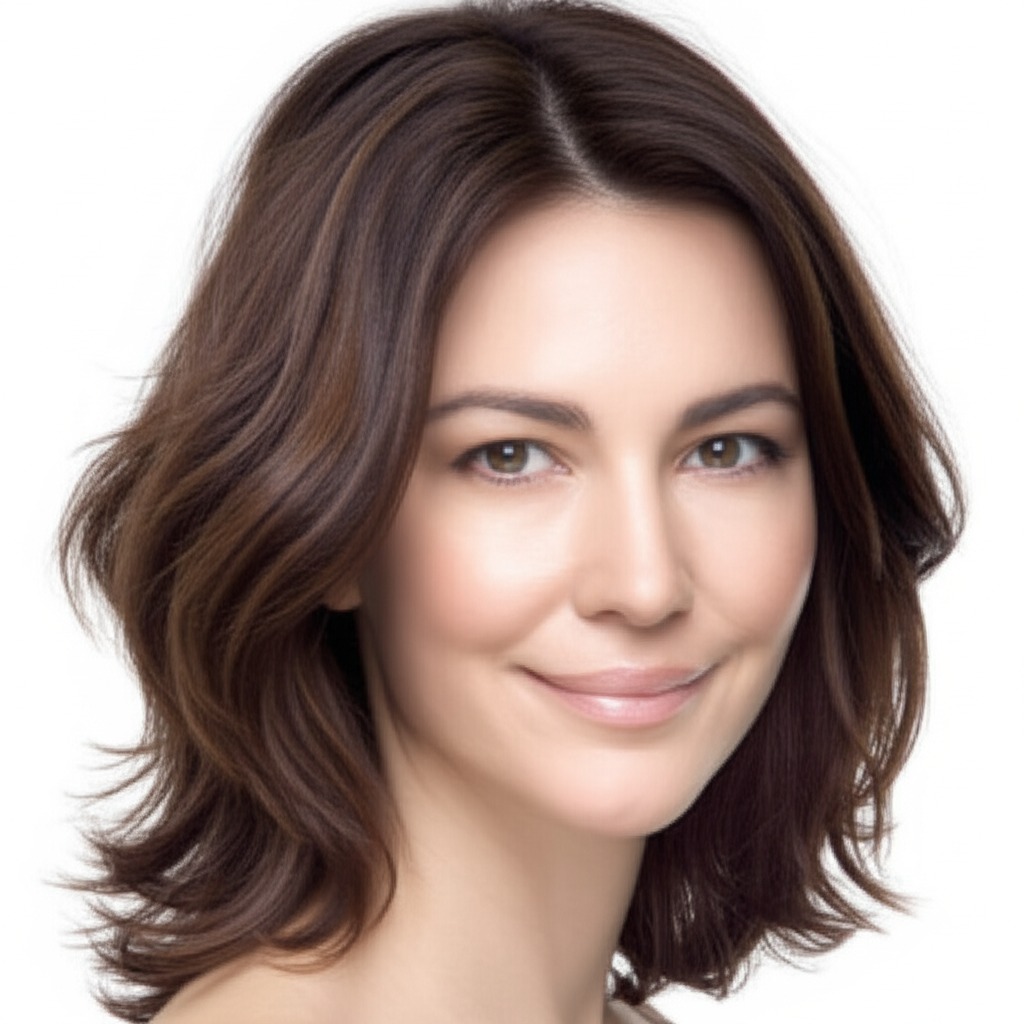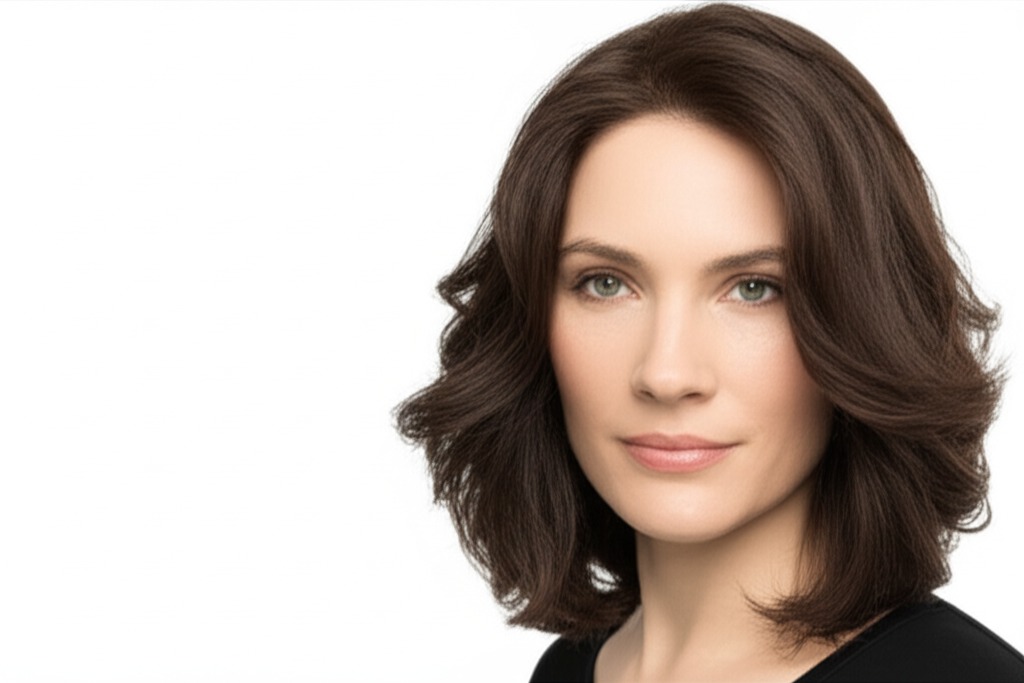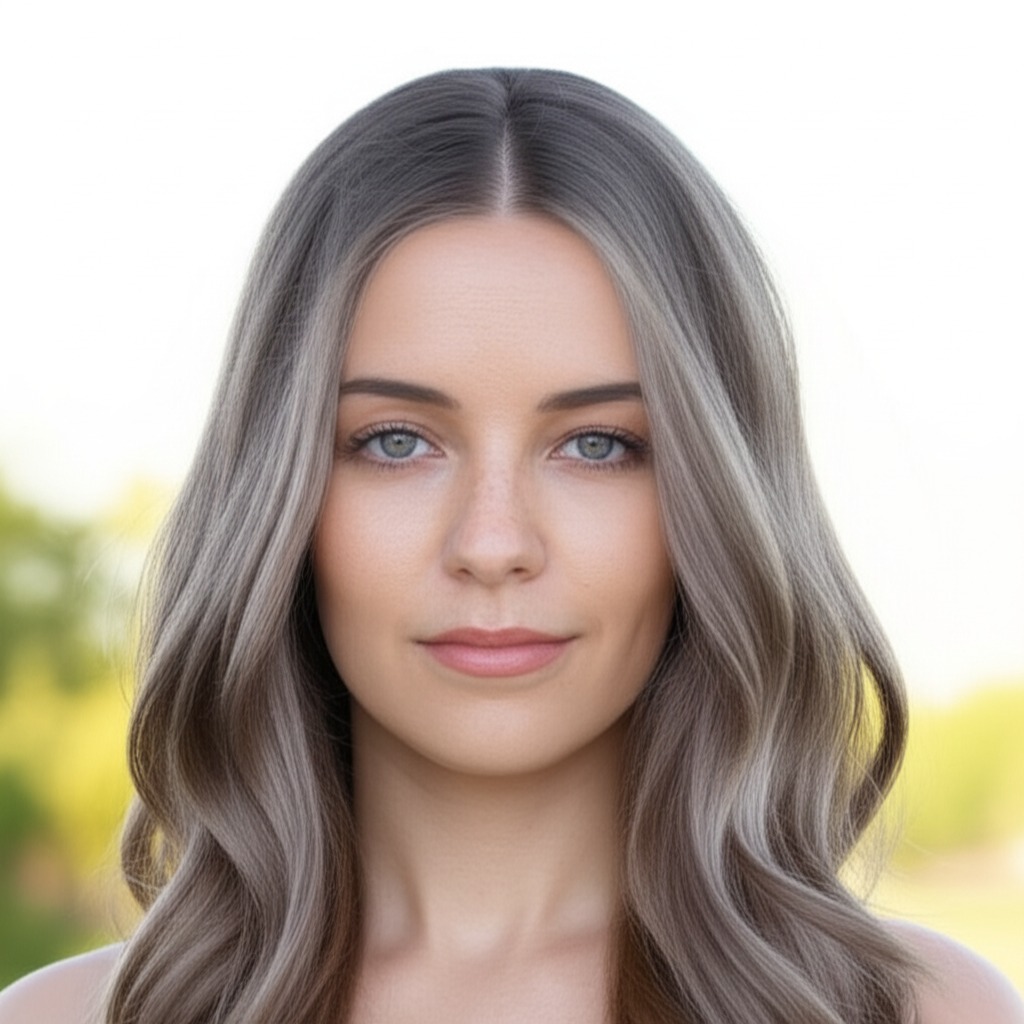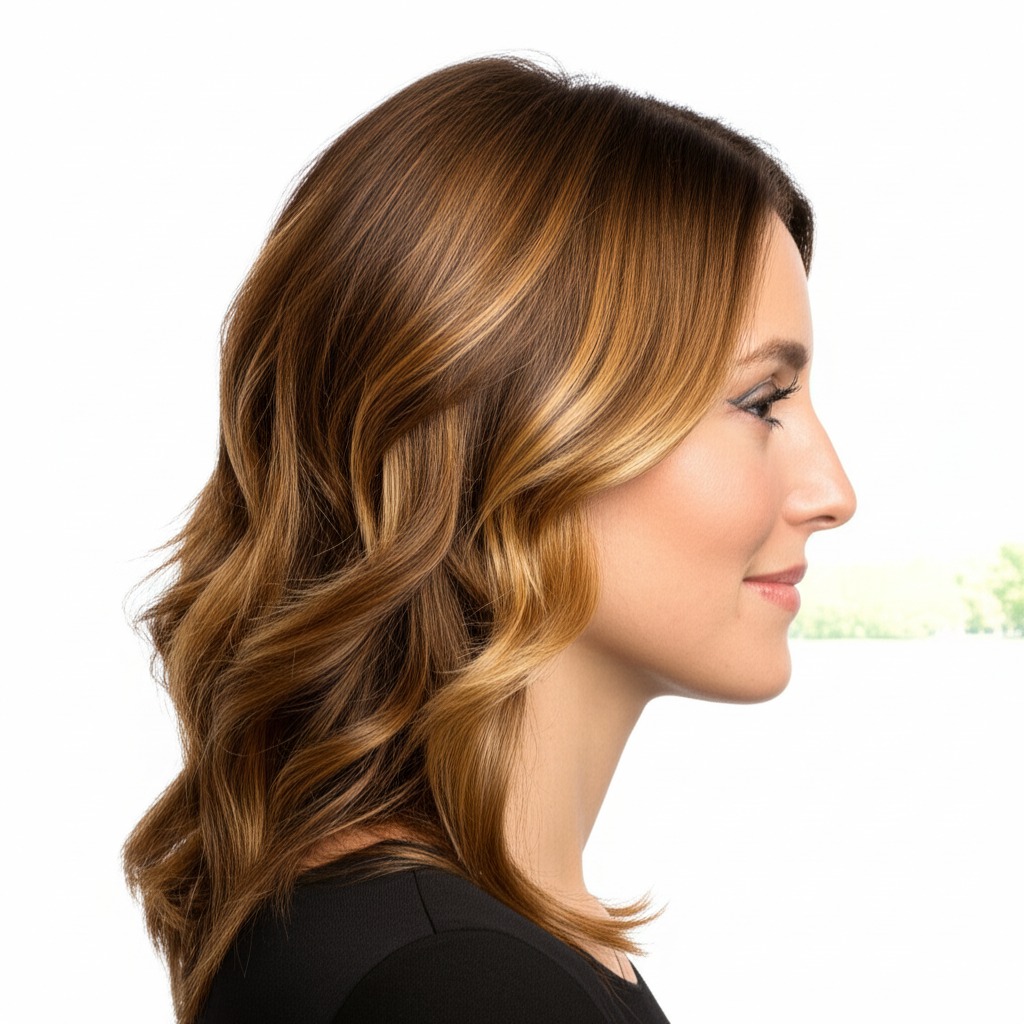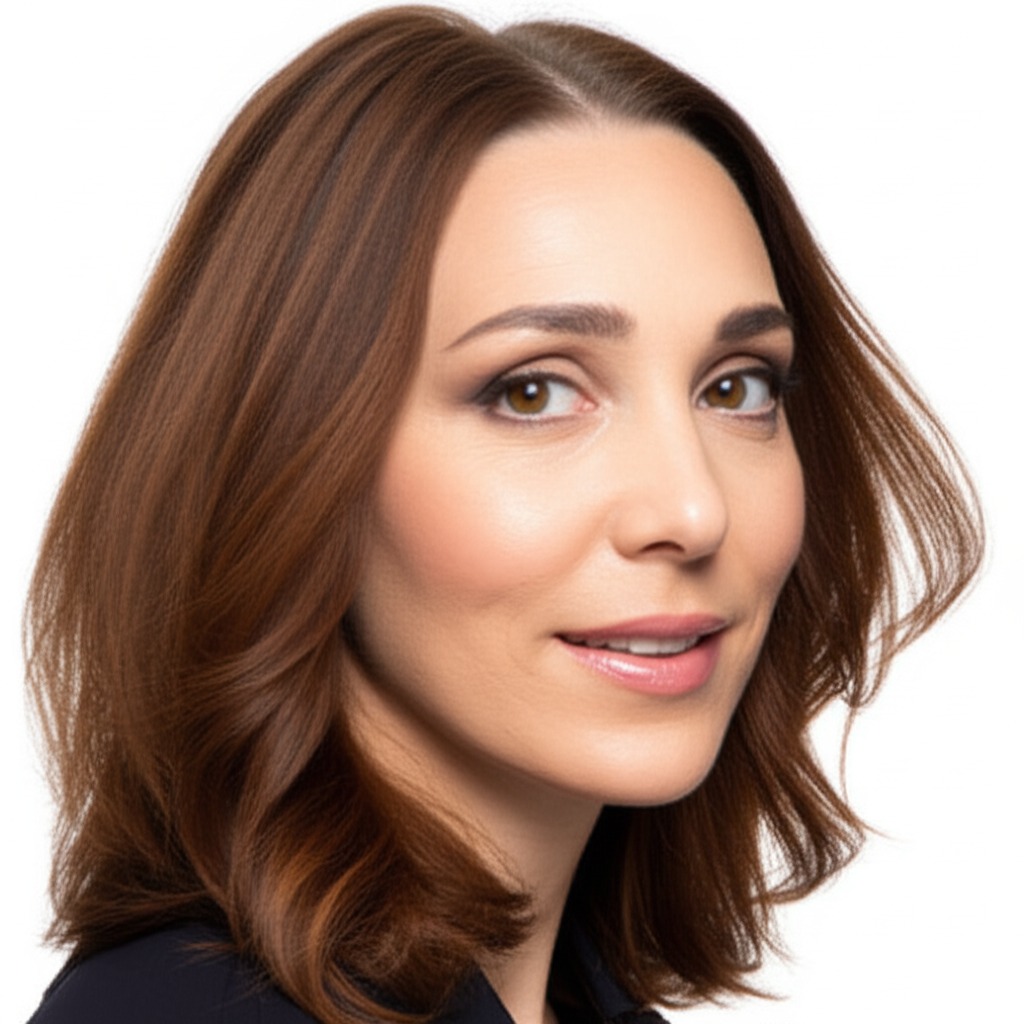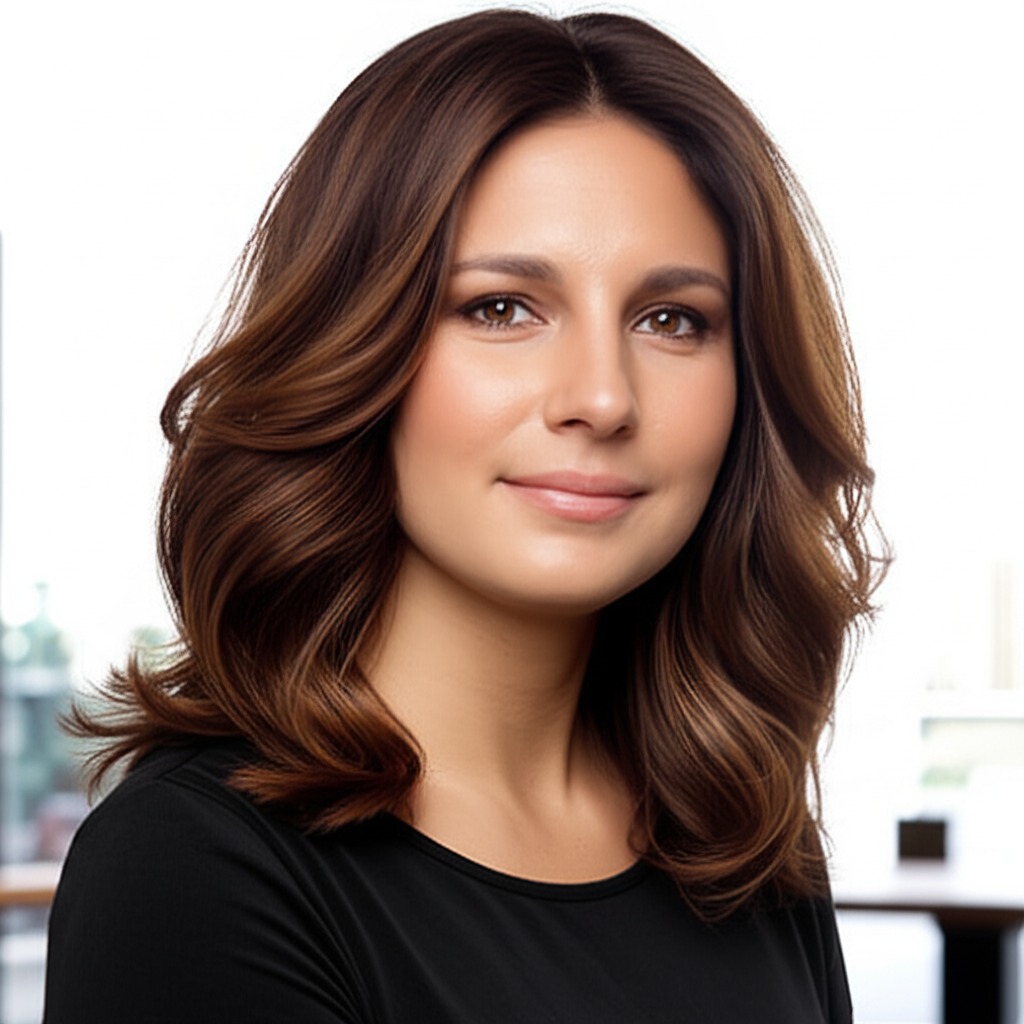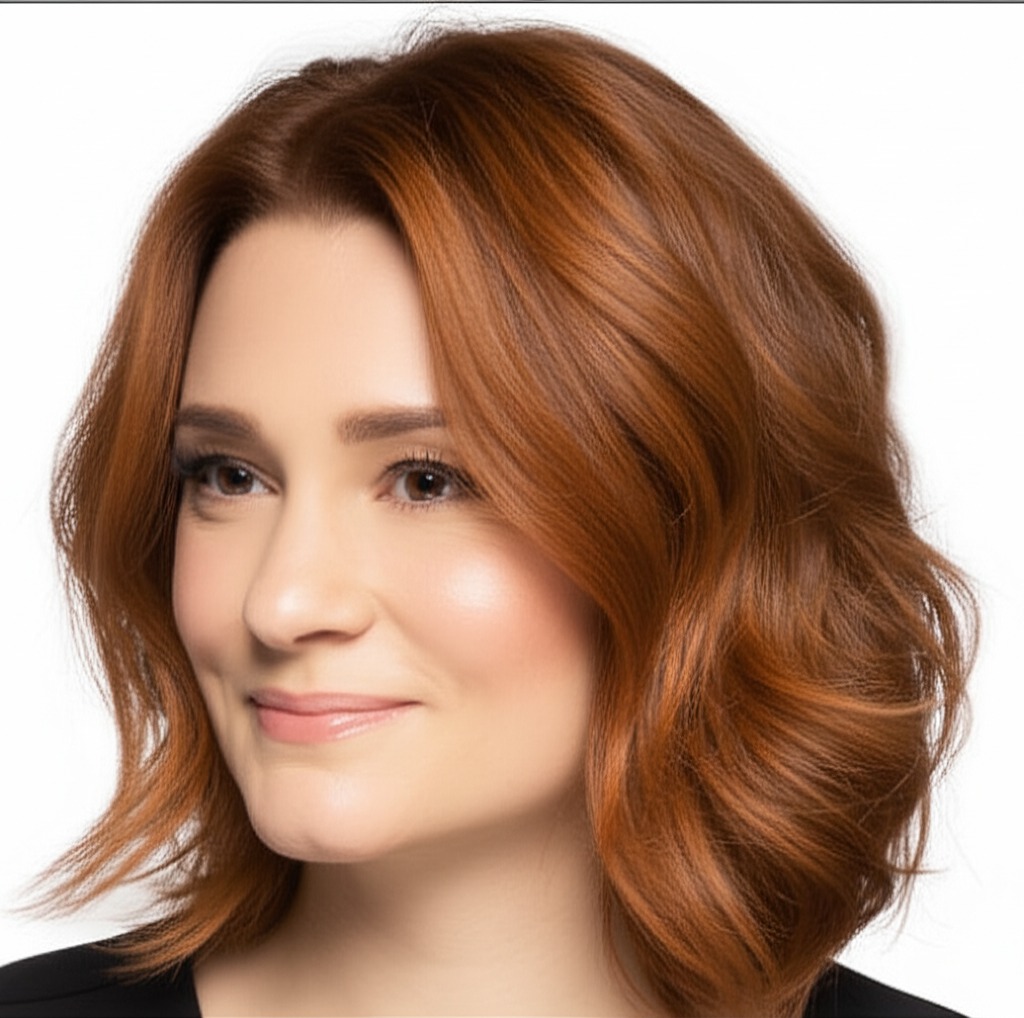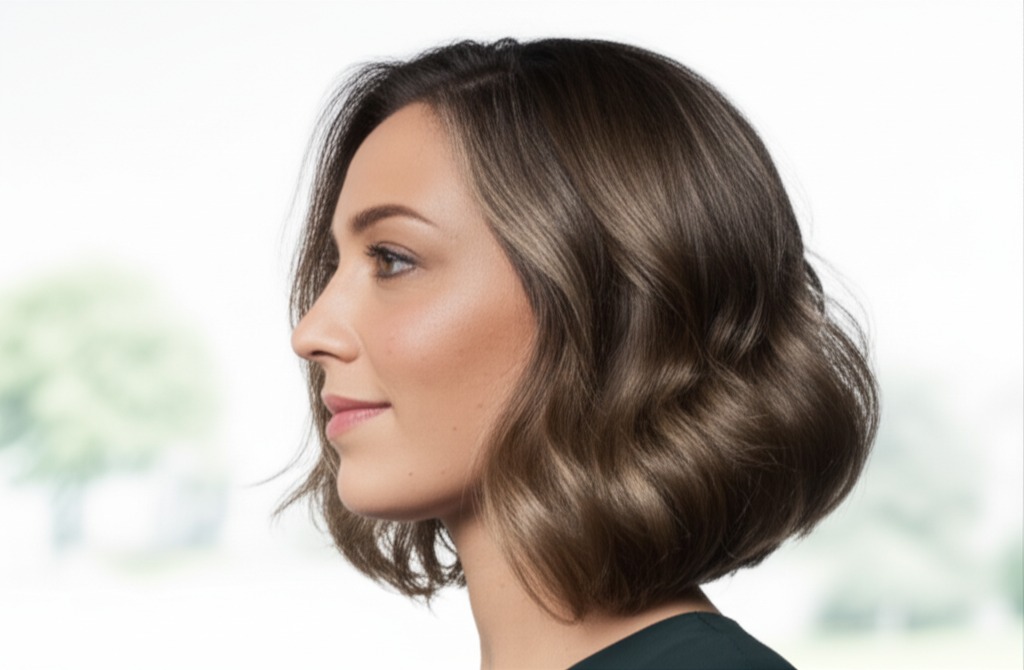#Embrace the Richness: A Guide to Espresso Brown Hair Color
Espresso brown – it’s evocative of cozy cafes, rich flavors, and a sophisticated elegance. This deep, dark shade is a popular choice for good reason! But achieving truly stunning espresso hair isn't just about picking a box dye. It’s about understanding the nuances of the color and how to tailor it to your unique features and lifestyle. Let's dive in!
#1. Understanding Espresso Brown: Shade Definition
Espresso brown is, at its core, a very dark brown. However, subtle variations exist that significantly impact the final result. It’s crucial to consider these details with your stylist (or when DIYing – proceed with caution!).
- Undertone: The undertone dictates how warm or cool the color appears. Espresso brown can lean:
- Cool: A cooler espresso brown will have hints of blue, violet, or ash. This creates a more dramatic and sometimes slightly edgy look. It reads as sophisticated and modern.
- Neutral: A neutral espresso brown is balanced – it doesn't strongly favor warm or cool tones. This is often the most universally flattering option.
- Warm: A warmer espresso brown will have hints of red, bronze, or chocolate. While less common for a true espresso shade, warmth can add depth and richness, especially on those with warmer skin tones.
- Depth (Levels): Hair color levels range from 1 (black) to 10 (lightest blonde). Espresso brown typically falls between level 2-4. Level 2 is a very deep, intense dark brown; level 4 offers slightly more lightness and dimension. Your natural hair color will influence how much correction or lifting is needed.
#2. Who Does Espresso Brown Flatter?
Choosing a hair color isn’t just about what looks good – it's about complementing your existing features!
- Skin Tone & Undertone:
- Cool Skin Tones (pink, red undertones): Cooler espresso browns generally look fantastic. They enhance the coolness of your complexion and create a striking contrast.
- Neutral Skin Tones (mix of warm/cool): You’re lucky! Most espresso brown variations will work well for you. Experiment to see which undertone suits you best.
- Warm Skin Tones (yellow, golden undertones): A warmer or more neutral espresso brown can look beautiful, preventing a harsh contrast that might wash out your complexion. Avoid very cool tones on warm skin as they can appear muddy.
- Eye Colors: Espresso brown complements almost all eye colors!
- Brown Eyes: Intensifies their richness and depth.
- Blue/Green Eyes: Creates a stunning, high-contrast look that makes eyes pop.
- Hazel Eyes: Highlights the different flecks of color within hazel eyes.
- Natural Starting Level: The darker your natural hair, the easier it will be to achieve espresso brown without significant damage or multiple salon visits. Those with lighter starting levels (levels 6-9) may need more processing and a higher risk of damage.
#3. Technique Options: From Solid Color to Dimension
How you apply the color is just as important as the shade itself!
- Single Process: A straightforward, all-over application for a solid, even espresso brown. Best for those wanting full coverage or starting from a relatively dark base.
- Highlights/Lowlights: Adding subtle highlights (lighter strands) or lowlights (darker strands) creates dimension and movement. This is great for adding depth to flat hair.
- Babylights: Very fine, delicate highlights that mimic the natural sun-kissed look of a child's hair. Adds lightness without harsh lines.
- Gloss/Toner: A gloss or toner can be applied after coloring to refine the undertone (e.g., adding coolness or warmth) and enhance shine. This is essential for maintaining your desired espresso hue.
- Balayage-Effect vs Solid: Balayage involves hand-painted highlights, creating a softer, more natural transition that grows out gracefully. A solid color application will have a more defined root line as it grows out.
#4. Maintenance & Longevity: Keeping Your Espresso Rich
Dark hair colors require commitment! Here’s what to expect.
- Wash Frequency: Aim for washing your hair 2-3 times per week to prevent fading and dryness.
- Toner Refresh: Cool espresso browns tend to fade towards red or orange tones, so a toner refresh every 6-8 weeks is often necessary. Warmer shades may require less frequent toning.
- Root Growth Pacing: Dark roots will be noticeable as they grow out, especially with solid color applications. Consider balayage for a more blended look that requires less frequent touch-ups.
- Budget/Time Planning: Espresso brown is generally considered mid-range in terms of cost and time commitment. Single process is the quickest & least expensive; extensive highlighting adds to both.
#5. Seasonality & Pairing with Cuts: Style for Every Occasion
Espresso brown's versatility shines through!
- Common Cuts:
- Bob/Lob: A sleek, espresso bob or lob exudes sophistication and confidence.
- Long Layers: Adds movement and dimension to longer hair, preventing it from looking heavy.
- Pixie Cut: A bold choice that showcases the richness of the color and highlights facial features.
- Seasonal Tweaks: In winter, embrace a cooler espresso for a dramatic look. In summer, consider adding subtle warm highlights or babylights to reflect sunlight.
- Event/Occasion Picks: Espresso brown is universally flattering – perfect for work (professional & polished), daytime events (effortless chic), evening outings (dramatic allure), and even weddings (timeless elegance).
#6. At-Home Care: Protecting Your Investment
Proper care is key to maintaining vibrant color!
- Sulfate-Free Shampoo: Sulfates strip away natural oils and fade color quickly. Opt for sulfate-free formulas specifically designed for colored hair.
- Clarifying Cadence: While sulfates are out, occasional clarifying shampoos (every 4-6 weeks) can remove buildup from styling products.
- Heat Protection: Heat styling tools damage hair and accelerate fading. Always use a heat protectant spray before blow-drying, straightening, or curling.
- Color-Safe Styling Tips: Avoid harsh chemicals in styling products. Use gentle detangling brushes and avoid excessive manipulation that can cause breakage.
- Product Checklist: Sulfate-free shampoo & conditioner, color-safe leave-in conditioner, heat protectant spray, deep conditioning mask (weekly).
#7. Common Pitfalls: Prevention is Key!
Let's address potential issues before they arise.
- Brassiness: Cool espresso browns can develop brassy tones over time due to mineral buildup in water and oxidation. Use a purple shampoo or toner as needed.
- Banding: Uneven color application, particularly with single-process coloring at home, can result in banding (distinct lines of demarcation). A professional is best for even coverage.
- Patchiness: Uneven hair porosity can lead to patchy color results. Your stylist will address this by pre-treating the hair or adjusting product placement.
#8. Pros & Cons: Weighing the Options
Pros:
- Versatile: Complements a wide range of skin tones and eye colors.
- Sophisticated: A timeless, elegant look that exudes confidence.
- Relatively Easy to Maintain (with proper care): While commitment is needed, it's not as high-maintenance as lighter shades.
Cons:
- Fade Risk: Dark hair color can fade over time, especially if cool undertones are present.
- Maintenance Burden: Regular toning and careful product selection are essential.
- Potential for Damage (depending on starting level): Significant lightening required to achieve espresso brown from a lighter base can damage the hair.
#9. Salon Consultation Script: Setting Expectations
Before your appointment, prepare with these questions/points:
- "I'm interested in espresso brown hair color. Can you assess my natural level and recommend the best technique?"
- "What undertone of espresso brown would be most flattering for my skin tone?"
- "How long will the process take, and what is the estimated cost?"
- “Can we discuss a plan to minimize damage if lifting is required?”
- "How often will I need toner refreshes?"
- "What at-home care products do you recommend to maintain the color's vibrancy?"
#10. FAQs: Your Espresso Brown Questions Answered
- Can I achieve espresso brown with box dye? While possible, it’s risky! Box dyes often contain unpredictable formulas and can lead to uneven results or damage. A professional is always recommended for best results.
- How long does espresso brown last? The color itself will fade gradually over 4-6 weeks. The undertone (cool vs warm) fades faster, requiring more frequent toning.
- Can I go lighter from espresso brown? Yes, but it requires multiple sessions and can be damaging to the hair. A gradual approach is best.
- Will espresso brown make my teeth look whiter? Dark colors often create an optical illusion of brighter teeth!
- Is espresso brown suitable for fine hair? Absolutely! It adds depth and dimension without making fine hair appear thinner.
- What if I don't like the color after it’s applied? Communicate with your stylist immediately! They can adjust the tone or add highlights to soften the look.
Embracing espresso brown is a journey – enjoy the process of discovering this rich, beautiful shade and finding what works best for you!
